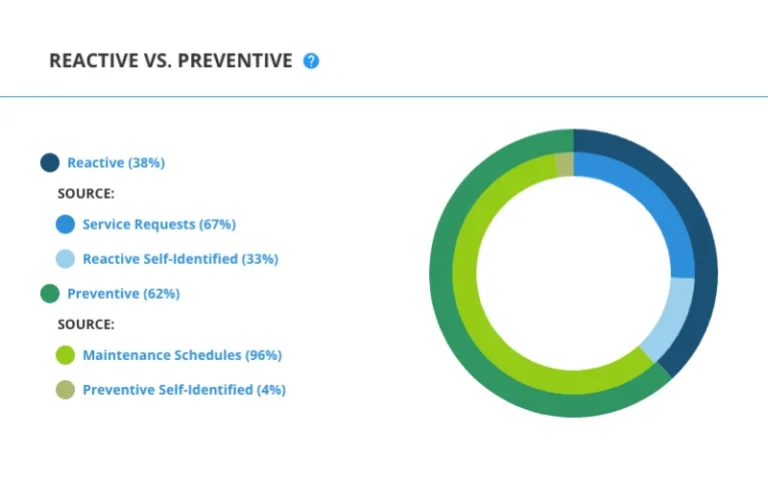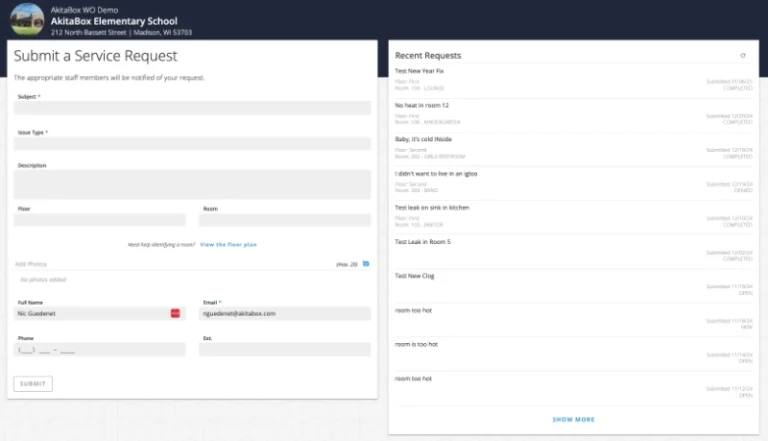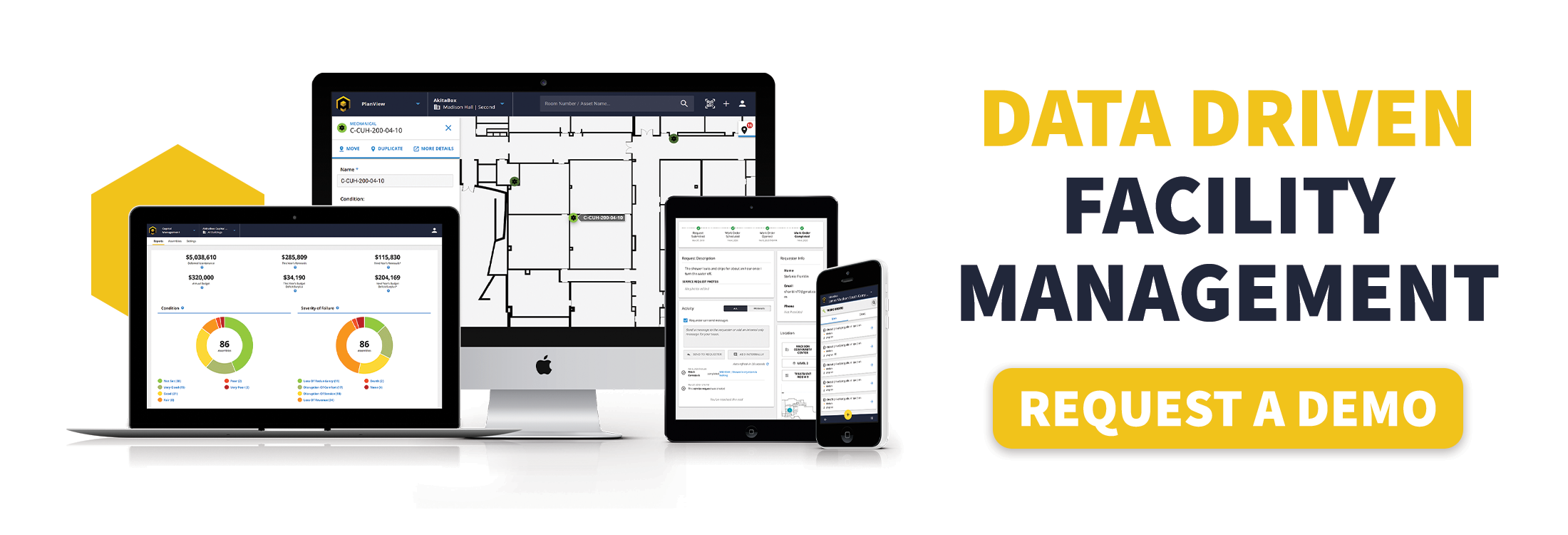Your CMMS (Computerized Maintenance Management System) or other facility management software should empower your facilities team to operate effectively and proactively. When you find that your CMMS is slowing you down, getting in the way, or simply isn’t a factor in your daily work, it’s time to consider a switch that enables better management of your facilities. Here are the key indicators that suggest your institution should transition to a more comprehensive and effective system.
Sign #1: Your team isn’t utilizing the current CMMS
It may seem counterintuitive to bring in new facility management software if your team isn’t already utilizing the one you have, but look deeper into why it’s not being used. In some cases, the learning curve to using your current CMMS might have been so steep that your team fell off it long ago.
Overcome the challenge: A modern CMMS should make it easy to locate assets, set up preventive maintenance plans, and avoid multiple trips for additional parts or information. If your team can’t easily enter, track, complete, or report on work orders efficiently, you’re falling behind compared to organizations with these capabilities. Inefficiencies and many other reasons can add up to why a facility management software isn’t used to its advertised potential. That leads us to the next reason to switch…
Sign #2: Outdated UI/UX & lack of functionality
If your CMMS feels like using a 1990s computer in the age of smartphones, it’s a sign to upgrade.
Overcome the challenge: A modern system should be easy to use, utilizing visual, intuitive design and location based asset mapping. A robust FM software not only streamlines workflows but empowers teams to tackle issues efficiently and track their KPIs, keeping your operations able to continuously evolve and improve. Technicians and managers should be able to easily open and follow up on work orders, field reactive work requests, create preventive maintenance rounds, and more – AND be able to track it all.

Sign #3: Incomplete asset management
Struggling to track all assets in your current system? When collecting and managing asset data seems like a Herculean task, it’s a clear indicator that you need facility management software designed to simplify these processes.
Overcome the challenge: Consistent, automated data collection should have you capturing data in your facility quickly and easily, from initial implementation to ongoing asset commissioning and retiring. An AI-enabled capture app such as AkitaBox Capture empowers you to capture asset information as quickly as you can walk through your building.
Your asset data collection should include everything from asset location, to photos, OEM manuals, asset condition, costs, and more, setting you up for ongoing maintenance and planning with confidence.
Sign #4: Lack of dynamic data insights and reporting
If your current CMMS only processes work orders without offering both simple and extensive insights, you’re missing out on valuable information.
Overcome the challenge: A robust CMMS should provide detailed reporting and analysis, enabling you to identify trends and prioritize preventive maintenance. For example, your team should be able to see the percentage of preventive versus reactive work and the time spent in work orders and trades. Meanwhile, a facility director could use the same data to help inform mission critical priorities or staffing needs, for instance. This foresight helps prevent issues before they escalate, saving time and resources.
Taking it a step further, leadership should be able to utilize more detailed analytics, with the option to utilize AI insights.
Sign #5: Inadequate cost tracking and capital planning
Does your system leave you guessing about budget allocations and future planning? Without precise cost tracking, real time data, and capital planning features, your institution is falling behind in utilizing the data your facilities team creates and might be struggling with inefficient resource use.
Overcoming the challenge: An advanced CMMS provides the tools needed to align financial decisions with strategic goals, transforming maintenance into a strategic advantage. It should also inform your capital planning software for data driven decisions.
A college campus that recently switched to AkitaBox’s complete facility asset lifecycle management software utilizes the components of facility condition assessment, work orders, preventive maintenance, Inspections, and Capital Management to do everything from inventorying their assets, to tracking replacement costs and inspecting dorm rooms for efficient resident turnover.
Sign #6: Insufficient customer support
Tired of being left to figure it out on your own or deal with a bot to try to solve your real life issue?
Overcoming the challenge: A responsive support system should be more than a lifeline during critical issues—it should be a partnership. If your CMMS provider is not actively working with your team to enhance processes and incorporate your feedback, it’s time to find a system that values your input as a crucial part of ongoing improvement and success.
When searching for a CMMS, look into a company’s commitment to ongoing training and support. Does the CMMS provide a dedicated customer success manager for your account? And what is their policy on upgrades? Are they included in your subscription?
Did you know? AkitaBox assigns a customer success manager to every customer account we service. Read more about AkitaBox implementation and customer support.
Sign #7: Lack of two-way communication and ignoring stakeholder feedback
A CMMS that doesn’t allow for two-way communication with occupants is leaving a crucial element out of the equation.
Overcome the challenge: When communication and transparency are lacking, it’s time to consider a system that elevates service quality and fosters continuous improvement through an interactive Service Request Portal for tenant and stakeholder engagement.

Recognizing the Right Time for Change
Know that the signs are pointing you toward a change in your CMMS but you’re dreading the timing of making the switch? See our blog on timing a CMMS switch.
Identifying these signs and understanding their impact on your operations is crucial for knowing when it’s time to change your CMMS. Transitioning to a system that goes beyond managing work orders—by delivering insights, integrating optimizations, and supporting strategic planning—can transform how your institution manages its facilities.
Embrace the opportunity to empower your team and help lead your organization into the future.
